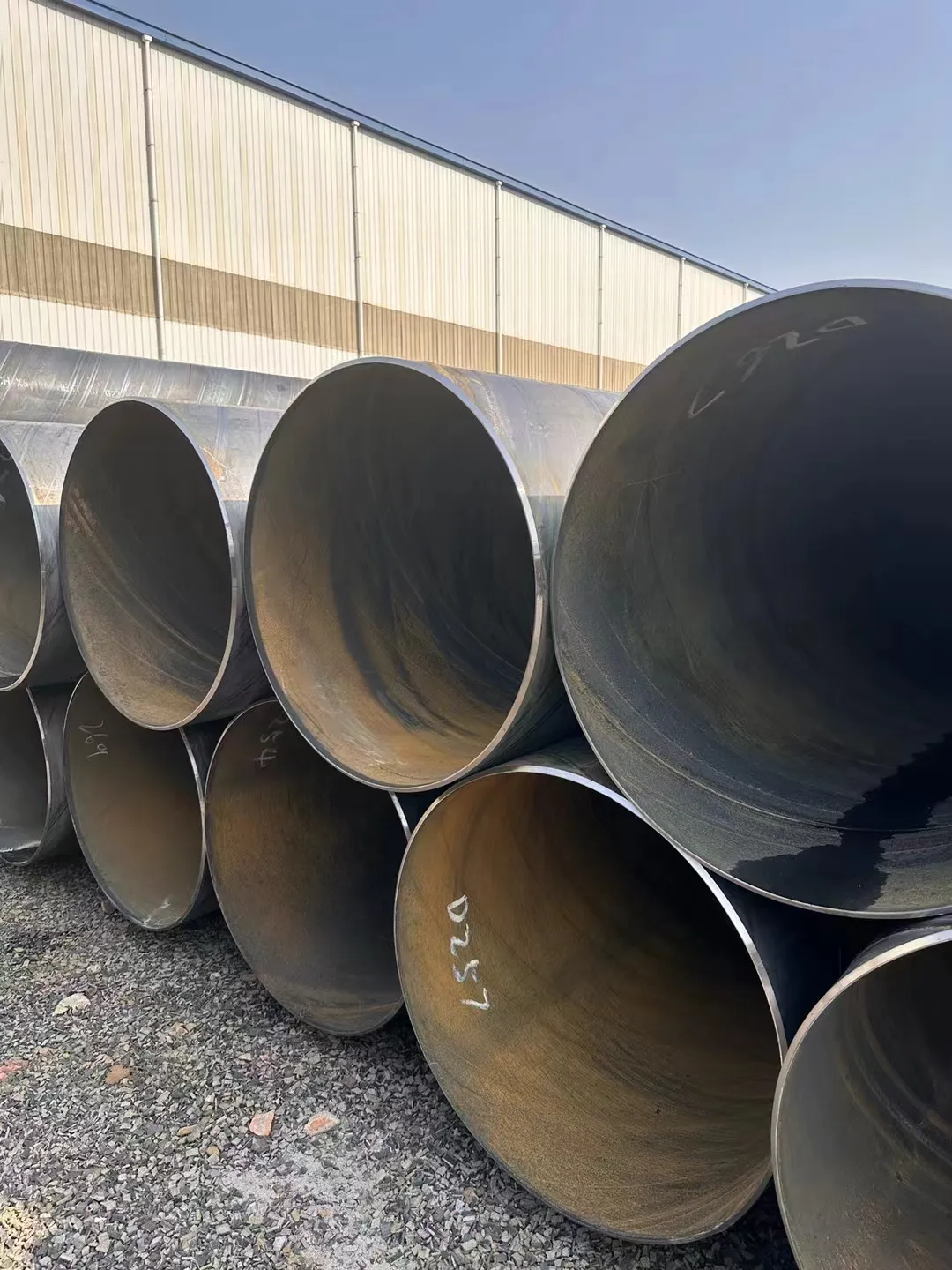-
Cangzhou Yulong Steel Co., Ltd.
-
Phone:
+86 13303177267 -
Email:
admin@ylsteelfittings.com
- English
- Arabic
- Italian
- Spanish
- Portuguese
- German
- kazakh
- Persian
- Greek
- French
- Russian
- Polish
- Thai
- Indonesian
- Vietnamese
- Zulu
- Korean
- Uzbek
- Hindi
- Serbian
- Malay
- Ukrainian
- Gujarati
- Haitian Creole
- hausa
- hawaiian
- Hebrew
- Miao
- Hungarian
- Icelandic
- igbo
- irish
- Japanese
- Javanese
- Kannada
- Khmer
- Rwandese
- Afrikaans
- Albanian
- Amharic
- Armenian
- Azerbaijani
- Basque
- Belarusian
- Bengali
- Bosnian
- Bulgarian
- Catalan
- Cebuano
- China
- China (Taiwan)
- Corsican
- Croatian
- Czech
- Danish
- Esperanto
- Estonian
- Finnish
- Frisian
- Galician
- Georgian
- Kurdish
- Kyrgyz
- Lao
- Latin
- Latvian
- Lithuanian
- Luxembourgish
- Macedonian
- Malgashi
- Malayalam
- Maltese
- Maori
- Marathi
- Mongolian
- Myanmar
- Nepali
- Norwegian
- Norwegian
- Occitan
- Pashto
- Dutch
- Punjabi
- Romanian
- Samoan
- Scottish Gaelic
- Sesotho
- Shona
- Sindhi
- Sinhala
- Slovak
- Slovenian
- Somali
- Sundanese
- Swahili
- Swedish
- Tagalog
- Tajik
- Tamil
- Tatar
- Telugu
- Turkish
- Turkmen
- Urdu
- Uighur
- Welsh
- Bantu
- Yiddish
- Yoruba

Jul . 29, 2024 01:25 Back to list
Understanding the Importance and Applications of Tapped Blind Flanges in Pipeline Systems
Understanding Tapped Blind Flanges Purpose, Benefits, and Applications
In the realm of piping systems, connection methods play a crucial role in ensuring the integrity and efficiency of fluid transport. Among these connection methods, flanges are widely used components that facilitate the joining of pipes, valves, pumps, and other equipment. A specific type of flange, known as the tapped blind flange, serves unique purposes in various applications in industries such as oil and gas, water management, and chemical processing.
What is a Tapped Blind Flange?
A tapped blind flange is a type of flange that has no central opening, hence the term blind. Unlike standard flanges that allow for the passage of fluid, blind flanges are used to seal off the end of a piping system. The term tapped indicates that the flange features a threaded hole, or tap, which enables additional connections or instrumentation to be added without the need for disassembling piping systems. This combination of characteristics allows tapped blind flanges to serve as versatile components in a variety of configurations.
Design and Construction
Tapped blind flanges are typically constructed from several materials, including stainless steel, carbon steel, and other alloys, depending on the application's requirements. They are available in various sizes and pressure ratings, making them adaptable for different piping specifications. The threaded hole in a tapped blind flange can be used for various purposes, such as installing a pressure gauge or a valve for draining or venting.
One of the key factors in the design of a tapped blind flange is maintaining the integrity and sealing capability when subjected to internal pressure. The flange's surface finish and the quality of the gasket used during installation directly impact its performance. Therefore, careful consideration must be given to these elements to prevent leaks and ensure the safe operation of the connected system.
Advantages of Tapped Blind Flanges
tapped blind flange

1. Cost-Effective Solution Tapped blind flanges can eliminate the need for additional fittings, reducing material costs and installation time. The ability to connect instruments directly to the flange can streamline maintenance and monitoring processes.
2. Space Efficiency In areas where space is limited, the use of a tapped blind flange can help conserve valuable real estate, allowing for the installation of instruments without the need for additional piping.
3. Flexible Functionality The threaded hole allows for considerable versatility. Depending on the system's needs, it can be used to attach various devices, including pressure or temperature sensors, which facilitate better system monitoring.
4. Ease of Maintenance By integrating instruments directly to the flange, maintenance and inspection can be conducted more efficiently. In cases where monitoring equipment needs to be installed or upgraded, the flange provides a convenient connection point.
Applications
Tapped blind flanges can be found in numerous applications across multiple industries. In oil and gas systems, they are often utilized to isolate segments of a pipeline while enabling monitoring devices to assess pressure and temperature. In water treatment facilities, tapped blind flanges may be used to sample water quality without disrupting the flow. Additionally, they are useful in chemical processing plants where compatibility with various chemicals and the ability to monitor conditions are critical.
Conclusion
Tapped blind flanges are indispensable components in modern piping systems due to their unique design and functionality. Their ability to provide a robust seal while allowing for easy integration of monitoring equipment makes them ideal for a myriad of applications across various industries. As companies continue to prioritize efficiency and safety in their operations, the relevance of tapped blind flanges in effective fluid management systems remains undeniable. Understanding their features and benefits can aid engineers and technicians in making informed decisions in designing and maintaining piping networks.
Latest news
-
ANSI 150P SS304 SO FLANGE
NewsFeb.14,2025
-
ASTM A333GR6 STEEL PIPE
NewsJan.20,2025
-
ANSI B16.5 WELDING NECK FLANGE
NewsJan.15,2026
-
ANSI B16.5 SLIP-ON FLANGE
NewsApr.19,2024
-
SABS 1123 FLANGE
NewsJan.15,2025
-
DIN86044 PLATE FLANGE
NewsApr.19,2024
-
DIN2527 BLIND FLANGE
NewsApr.12,2024
-
JIS B2311 Butt-Welding Fittings LR/SR 45°/90° /180°Seamless/Weld
NewsApr.23,2024











